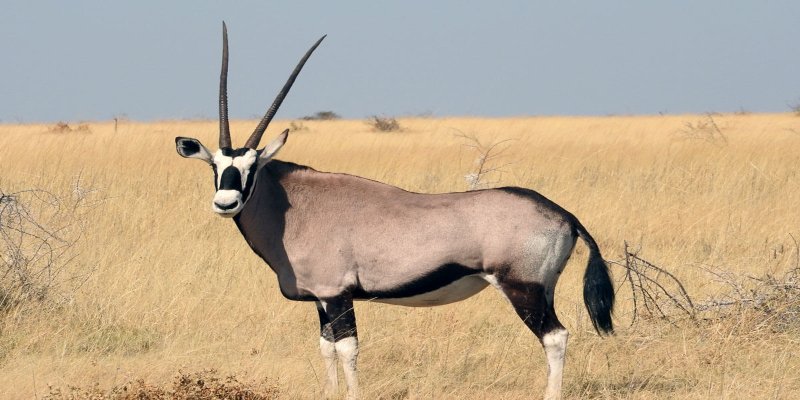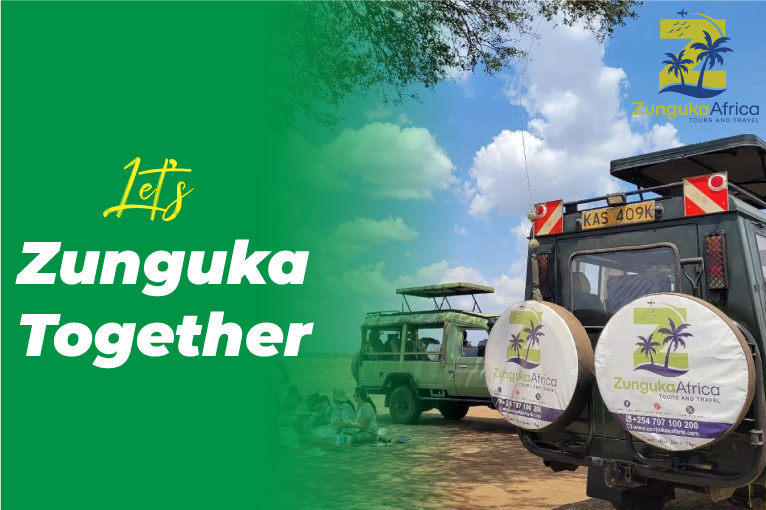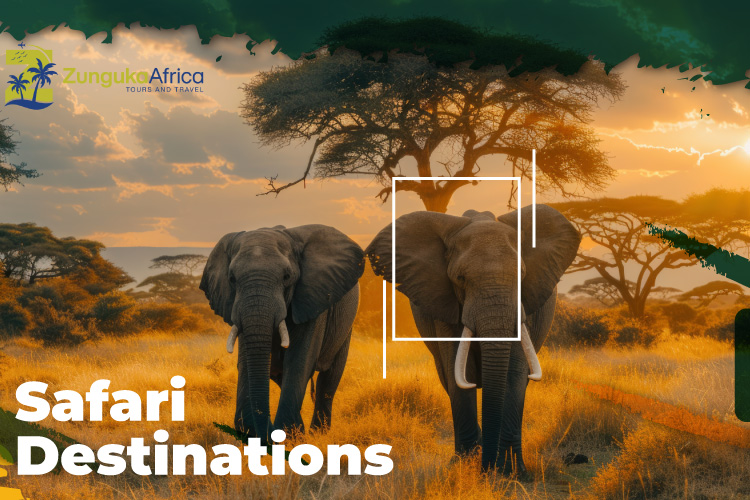
So, what are The Samburu Special Five? Have you ever been to Samburu?
In case you do not know which animals are these and have never been to Samburu, you have come to the right place!
This blog outlines 5 famous animals you are likely to encounter during your game drives in either the Samburu National Park, Shaba National Park or Buffalo Springs National Reserve.
The Samburu Five includes the following animals;
Each of these species stands out for its striking appearance, remarkable adaptations and ecological significance. They symbolize the biodiversity and natural heritage of Samburu; they draw the wildlife enthusiasts and conservationists from all around the world.
Below is a detailed description of each of the The Samburu Special Five
The grevy’s zebra is the largest and the most endangered of the three species of zebras. It is instantly recognizable because of its narrow, closely spaced black and white stripes, which do not extend under the belly, unlike the more common plain zebras. Grevy’s zebras also have larger and rounded ears and mole like build which helps them cope with the dry and rocky environments of Samburu national park.
Thes zebras are highly adapted to the arid habitats thus requiring less water than other zebras. They are often found grazing alone or in loose herds. Due to competition with other livestock and habitat loss their numbers have drastically declined, making their sightings in Samburu both rare and special. There are ongoing conservation efforts. Samburu remains a strong hold for this majestic species.
This is one of the most visually stunning giraffes, the reticulated giraffe is named for its distinctive coat pattern: sharp edged, polygonal patches outlined by right white lines, resembling a net or reticulation. This unique pattern makes it different from other giraffe species.
Predominantly found in Northen Kenya, especially in Samburu, these giraffes are well adapted to the dry acacia dominated landscapes. They feed on trees like acacias and Commiphora, using their long prehensile tongues to strip leaves from thorny branches. Sadly, like other giraffe species their numbers are declining due to habitat fragmentation and poaching, this has led to increased conservation focus in the Samburu national park.
The Beisa oryx is a striking antelope known for its long, straight horns, distinctive facial markings, and robust build. They have a pale greyish body with black stripes along the flanks and face which helps it to blend into the semi desert surroundings.
Unlike other oryx species, the Beisa oryx is adapted to extremely dry conditions, capable of going for days or even weeks without drinking water, surviving on moist from the plants it eats. While at the Samburu national park, they are typically seen in small herds, often grazing in open plains or resting under sparse tree covers. The elegance and resilience of the Beisa oryx makes them a key highlight of any Samburu safari.
The Somali ostrich is a lesser- known and distinct species of ostrich, commonly found at the north of Africa and Samburu at the northern Kenya. Unlike the wider spread common ostrich, the Somali ostrich has blue -gray legs and neck, particularly vivid in males during the mating seasons. The males have black plumage with white tail feathers, while the females and young birds are more uniformly brown.
These flightless birds are well suited to the arid landscapes of Samburu and they can run at a high speed to evade predators. They feed on variety of vegetation including; seeds, leaves and small invertebrates. The Somali ostrich is a must see for bird watchers and wildlife photographers due to their unique features and regional exclusivity.
The Gerenuk is also known as the giraffe gazelle, it is an elegant and unusual antelope with along neck and slender limbs. What sets it apart is its unique feeding behavior. It stands upright on its hind legs to reach on the higher branches, using its forelegs to balance and reach foliage that other antelopes cannot.
Gerenuk means giraffe necked in Somali, and this adaptation allows it to exploit a niche food source in Samburu dry bushlands. The Gerenuk are shy, solitary or found in small groups. They are more active in the early mornings and late afternoon. They are a delight spot due to their graceful appearance and quirky behavior.
While they can be seen all year round, certain times of the year provide better viewing opportunities.
Between the months of June to October and January to March. These times are ideal because the vegetation is sparse making it easier to spot the wildlife. The animals also congregate near water sources like Ewaso nyiro River, increasing the chances of seeing multiple species at once.
During the dry seasons the roads are also in better conditions and the game drives are more comfortable.
This is between the months of April-May and November-December.
During this time, there are fewer tourists and it is more peaceful for intimate safari experience.
Based on the countless visits Zunguka Safaris has had to Samburu, below are some of the best places where you can view all the Samburu Five Animals.
This river is the lifeline of Samburu, it attracts all kind of wildlife especially during the dry seasons.
The Grevy’s Zebras and Beisa Oryx gather to drink to water while the Gerenuks and Reticulated Giraffes browse at the nearby shrubs and acacias.
On the other hand, the Somali ostriches are commonly seen walking near the Ewaso Nyiro open riverbank.
This area is part of the greater Samburu ecosystem. It has more open plains, ideal for spotting the Beisa Oryx and Grevy’s Zebra
Point to Note: The Samburu special five represents resilience of life and remarkable diversity in Northern Kenya.
Each species is uniquely adapted to thrive in the harsh, arid environments of Samburu. Spotting all five on a safari is not only a rewarding experience but also a powerful reminder of the importance of conservation in protecting these rare and beautiful creatures.
Your Next Journey Starts Here, Sign Up and Get Inspired!
Got Questions? We’ve Got Adventures
Need to Book or Hire a Car?
Talk to Us!






© Zunguka Africa Safaris 2025